Optimal Timing for Travertine Tile Repairs
Timing for Travertine Tile Repairs depends on various factors including climate, usage, and the condition of the tiles. Typically, repairs are best scheduled during periods of low humidity and moderate temperatures to ensure proper adhesion and drying. Avoiding extreme weather conditions prevents additional stress on the tiles and substrate, leading to longer-lasting repairs.
Spring and fall often provide ideal weather conditions for tile repairs due to milder temperatures and lower humidity levels.
Scheduling repairs during times of reduced foot traffic minimizes disruption and allows for thorough work.
Avoid repairing during periods of high moisture or extreme heat to ensure proper curing and adhesion.
Plan repairs ahead of seasonal changes to prevent damage from weather-related stress.
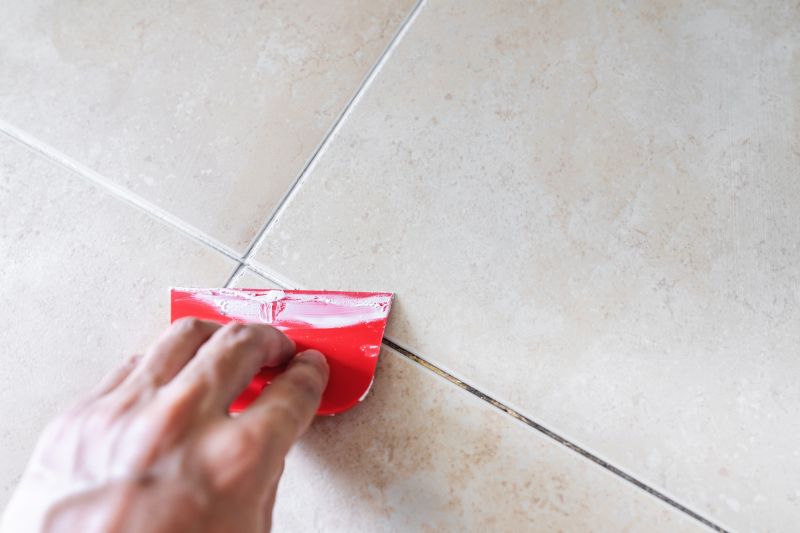
Image depicting a professional repairing travertine tiles with proper tools and techniques.

Image showing common types of damage on travertine tiles such as cracks and stains.

Image showcasing a restored and polished travertine surface after repairs.
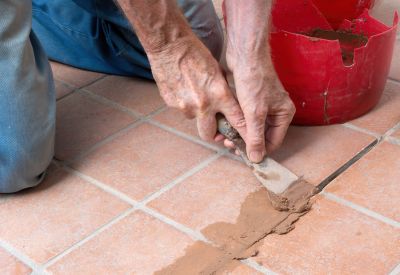
Ways to make Travertine Tile Repairs work in tight or awkward layouts.

Popular materials for Travertine Tile Repairs and why they hold up over time.
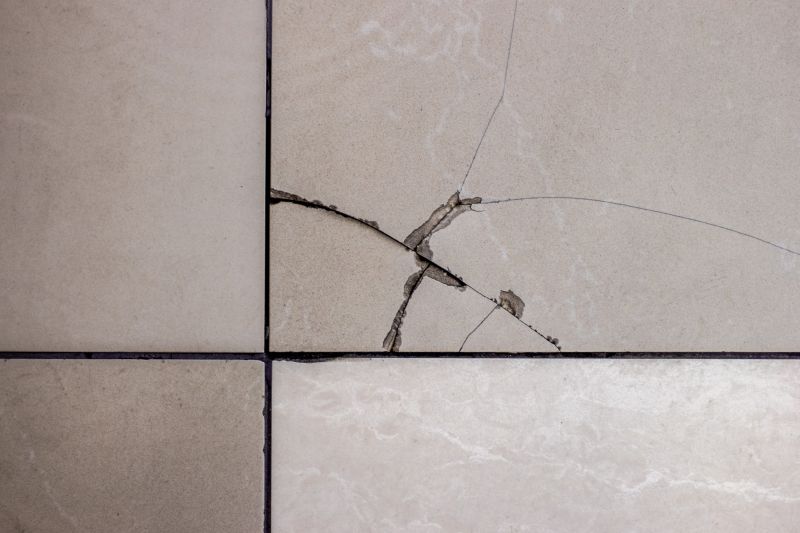
Simple add-ons that improve Travertine Tile Repairs without blowing the budget.
Travertine tile repairs involve addressing issues such as cracks, chips, stains, and surface deterioration. Proper repair techniques include filling cracks with compatible materials, polishing stained areas, and sealing surfaces to prevent future damage. The durability of travertine makes it a popular choice for both indoor and outdoor applications, but it requires routine maintenance and timely repairs to preserve its appearance and integrity.
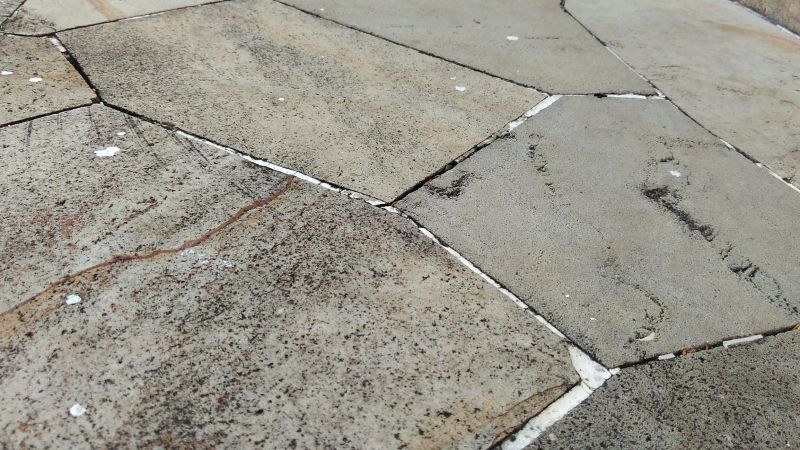
Image of a seamless, repaired travertine tile surface.
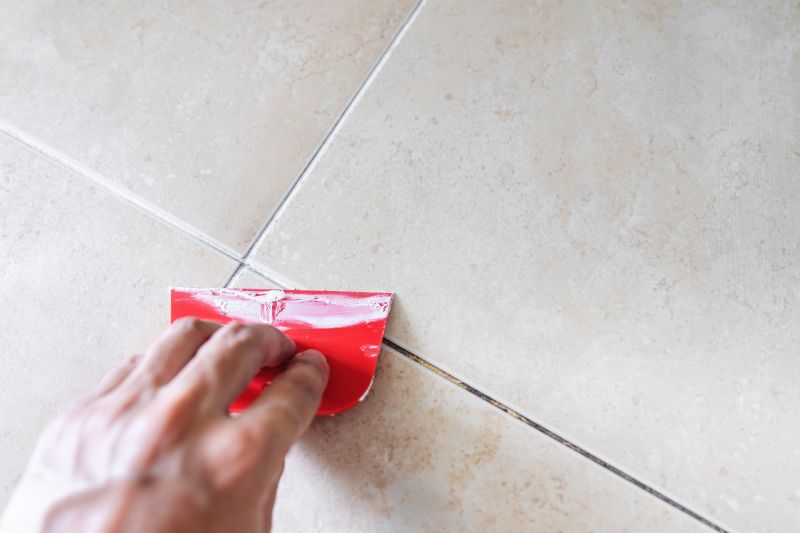
Image showing the application of filler into a crack in travertine.

Image of a sealed travertine surface with a glossy finish.
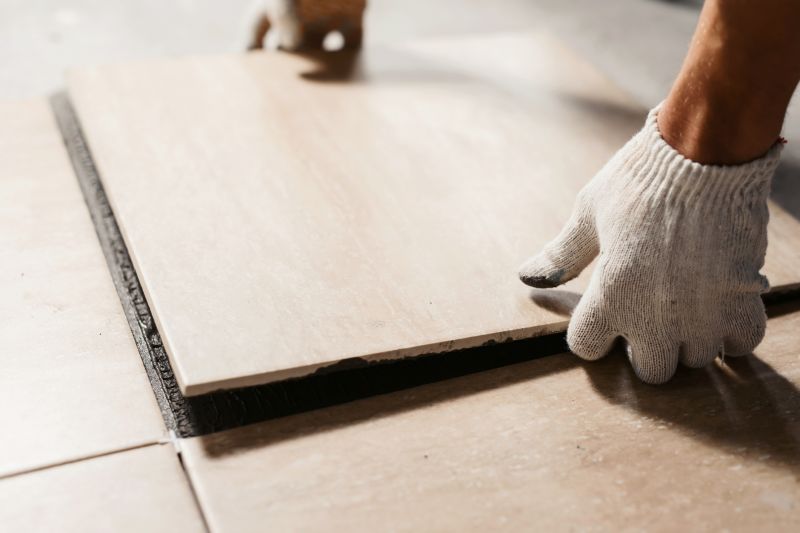
Comparison image illustrating the transformation after repairs.
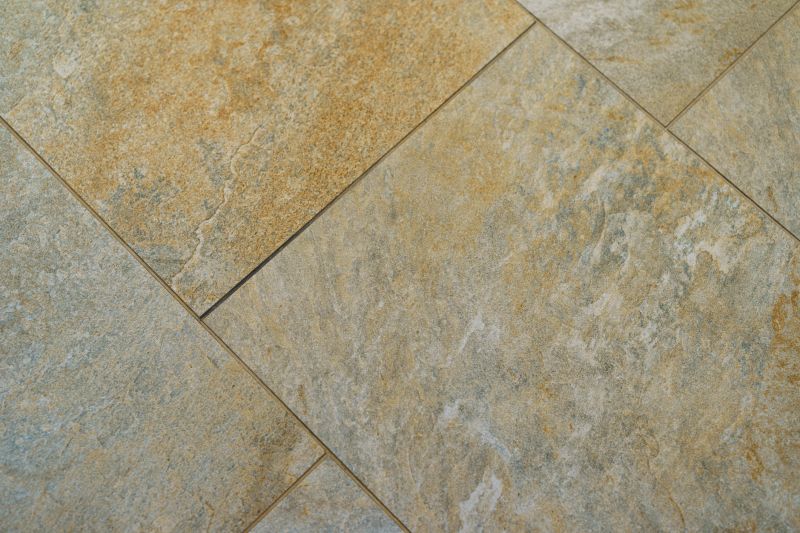
High-end options that actually feel worth it for Travertine Tile Repairs.

Finishes and colors that play nicely with Travertine Tile Repairs.
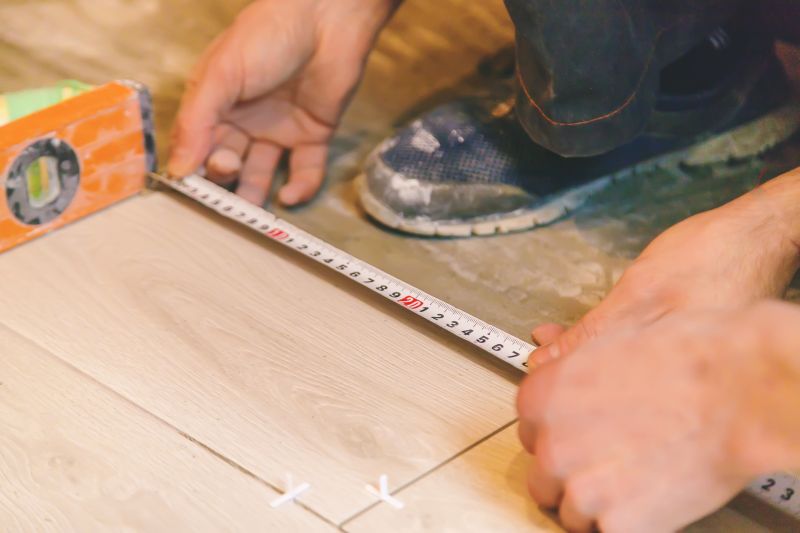
Little measurements that prevent headaches on Travertine Tile Repairs day.
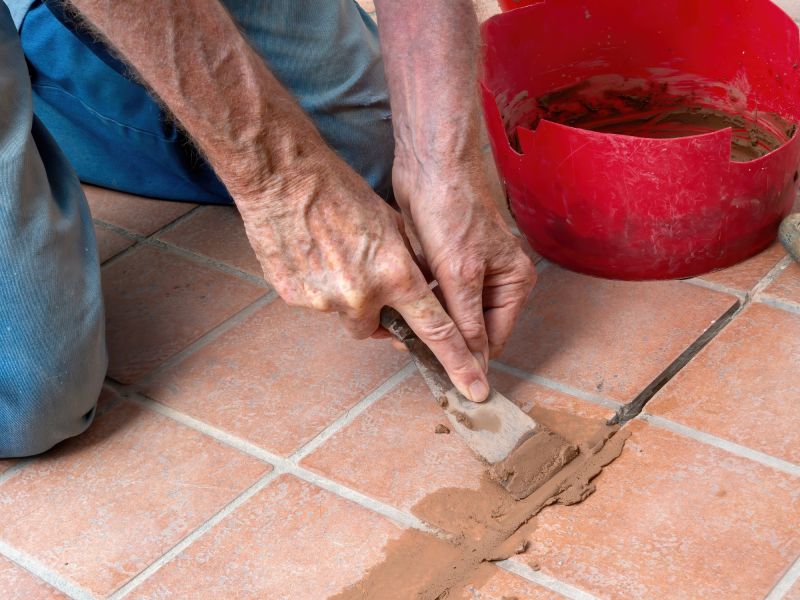
A 60-second routine that keeps Travertine Tile Repairs looking new.
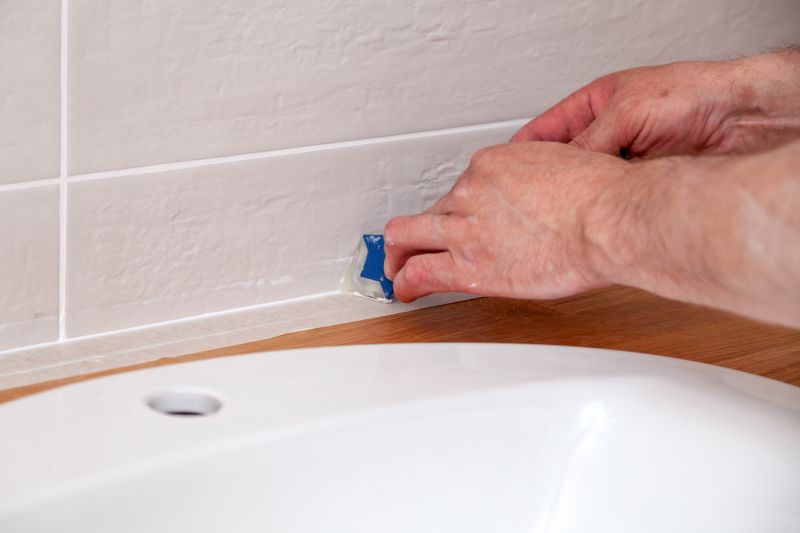
A frequent mistake in Travertine Tile Repairs and how to dodge it.

Small tweaks to make Travertine Tile Repairs safer and easier to use.
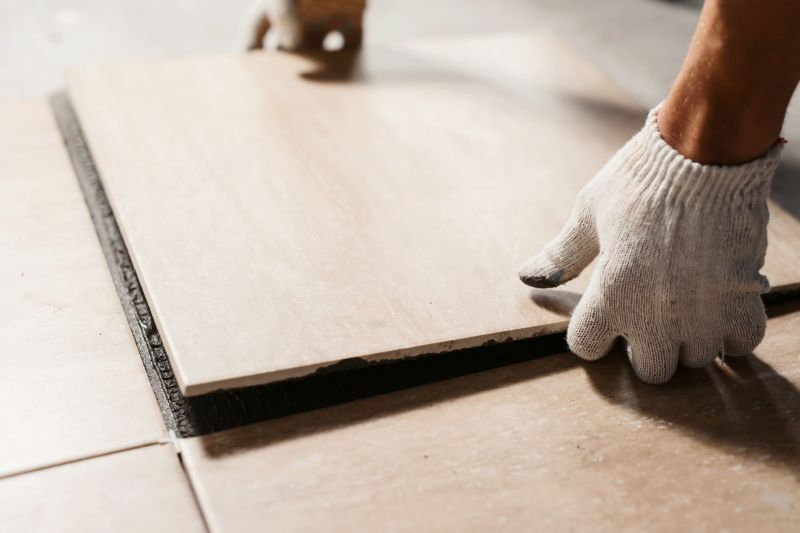
Lower-waste or water-saving choices for Travertine Tile Repairs.
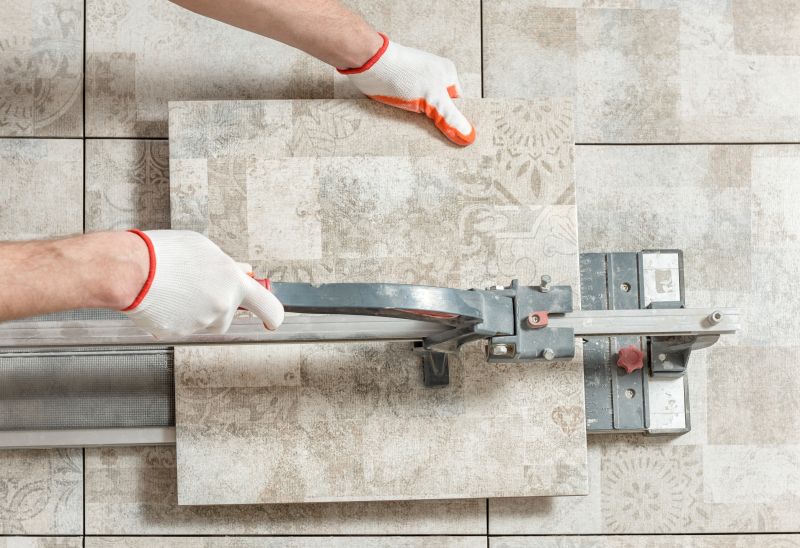
The short, realistic tool list for quality Travertine Tile Repairs.
| Factor | Impact on Repair Timing |
|---|---|
| Climate | Mild and dry conditions favor optimal curing. |
| Usage | Low usage periods reduce stress on freshly repaired tiles. |
| Weather | Avoid repairs during high humidity or rain. |
| Material Availability | Ensure all materials are ready before scheduling. |
| Season | Spring and fall are generally ideal. |
| Project Size | Larger projects may require longer planning. |
| Surface Condition | Damaged surfaces should be thoroughly assessed before repair. |
Choosing the right time for Travertine Tile Repairs ensures optimal results and longevity. Proper planning and understanding of environmental conditions can significantly impact the durability of repairs. Regular maintenance and timely interventions help preserve the natural beauty and structural integrity of travertine surfaces.
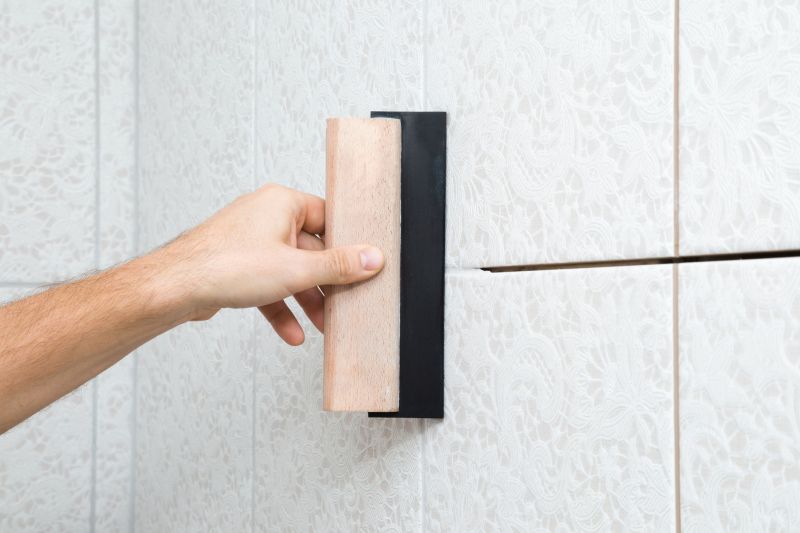
Image of tools used for repairing travertine tiles.

Image of a sealed travertine tile surface after repairs.
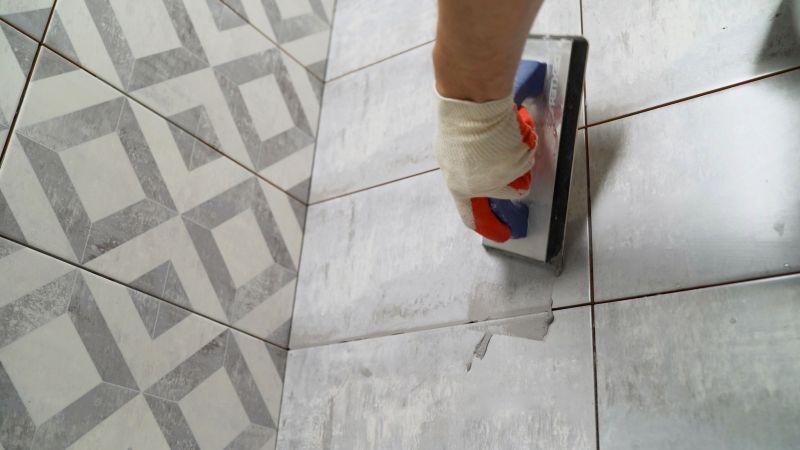
Image of a professional performing travertine repairs.

Rough timing from prep to clean-up for Travertine Tile Repairs.

Quick checks and paperwork to keep after Travertine Tile Repairs.
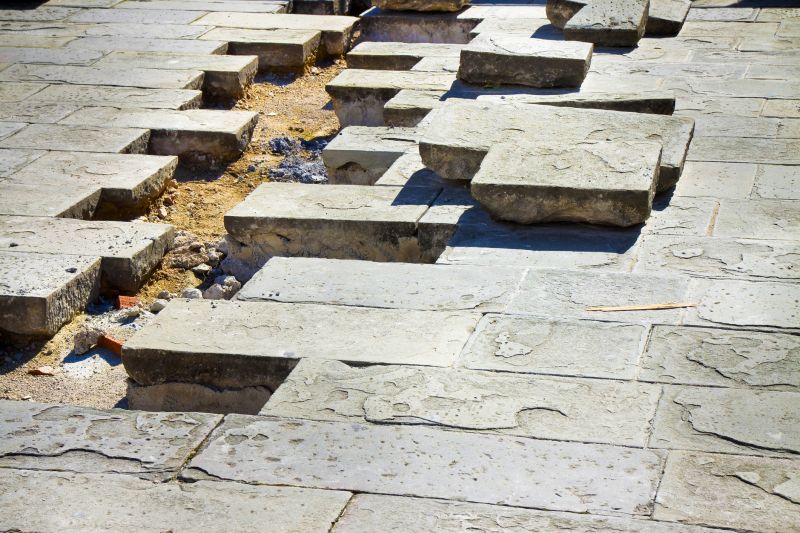
Examples that show the impact a good Travertine Tile Repairs can make.
Interested in scheduling travertine tile repairs? Filling out the contact form provides an opportunity to discuss specific needs and receive tailored recommendations for maintenance and repair timing.



